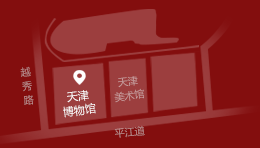西周 太保鼎
西周(公元前1046-前771)
通高57.6厘米 口长35.8厘米 宽22.8厘米
清咸丰年间(一说道光年间),曾在山东寿张县梁山出土七件青铜器。它们是小臣犀尊、太保簋、大史卣、太保鼎等。这些商周青铜器,器型庄严厚重,纹饰华丽繁缛,是商周青铜器的典型代表,被誉为“梁山七器”。一时间,学者们研究著录,收藏家们争相收藏,成为清末民初金石学界的头等大事。目前收藏于天津博物馆的西周太保鼎,是唯一一件收藏在国内博物馆的“梁山七器”。
西周太保鼎为方形,高57.6厘米,长35.8厘米,宽22.8厘米,重26公斤。四柱足,口上铸双立耳,耳上浮雕双兽。鼎腹部四面饰蕉叶纹与饕餮纹,四角饰扉棱。最为显著的是柱足上装饰的扉棱和柱足中部装饰的圆盘,这在商周青铜器中是独一无二的,非常奇异。
鼎是在祭祀时盛放肉类的礼器,国君或王公大臣在重大庆典或接受赏赐时都要铸鼎,以记载盛况,是国家权力的象征。从太保鼎的器型和纹饰特点来看,其铸造年代应为西周早期。鼎腹内壁铸“大保铸”三字。大保即太保,太保为官职名,西周始置,为监护与辅弼国君之官。《尚书?君奭》载:“召公为保,周公为师,相成王左右。”《史记?燕召公世家》记载:“召公奭与周同姓,姓姬氏,周武王之灭纣,封召公于北燕。”据学者考证,这件太保鼎是西周成王时的重臣召公奭所铸造的。
太保鼎曾被《中国美术全集?青铜器卷》收录,并于1993年被选送参加第三届《中国文物精华展》,又因其异常珍贵,被国家文物局确定为不允许出境展览的64件古代艺术品之一。太保鼎纹饰优美,造型独特,铸造工艺精湛,具有非凡的艺术魅力,历史价值与艺术价值极高,是难得一见的古代青铜艺术珍品,其名享誉海内外,堪称国之瑰宝。
Taibao ding(cauldron)
Western Zhou dynasty(1046-771 BC)
Height overall 57.6 cm, Length of rim 35.8 cm, Width 22.8 cm
This rectangular ding has four legs and a pair of handles cast onto the edge of its rim, with a pair of beasts in relief carving on the handles.
The four sides of the body are decorated with plantain leaf patterns and taotie designs, with flanges on the four corner. The decoration on the legs is most notable;they feature flanges on their upper sections and rings around their midsection: astonishing decoration as this is not found on any other Shang or Zhou dynasty bronze ware. Based on the vessel’s shape and decoration it is assumed to have been cast during the early Western Zhou period. The character’s “Da Bao ding” are cast into the body of the ding. Da Bao refers to an official title established in the Western Zhou: Taibao. The Taibao was an important official who protected the monarch and assisted him with governing the state. Textual research indicates that this Taibao ding was cast by the important minister Duke Shi, during the reign of King Cheng of the Western Zhou.
It is believed that this ding was excavated at Liangshan in Shouzhang County, Shandong Province, at some point during the Daoguang and Xianfeng periods of the Qing dynasty. It was discovered as part of the famous seven vessels of Liangshan, which also included a dun(cooking vessel), a yan(cooking vessel),a yi(wine vessel) and etc. This ding was previously art of the collections of Li Zongdai, Ding Linnian and Xu Shichang. It is renowned both within China and internationally and was named a national treasure on account of its exceptional historical and artistic value.

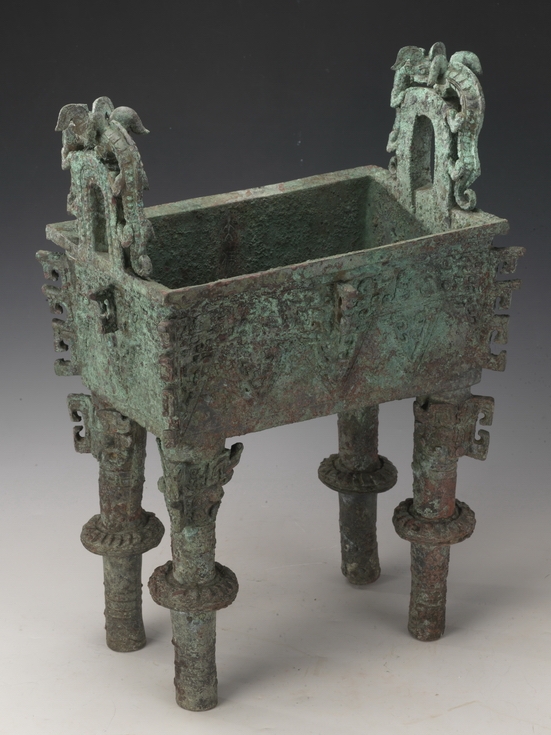
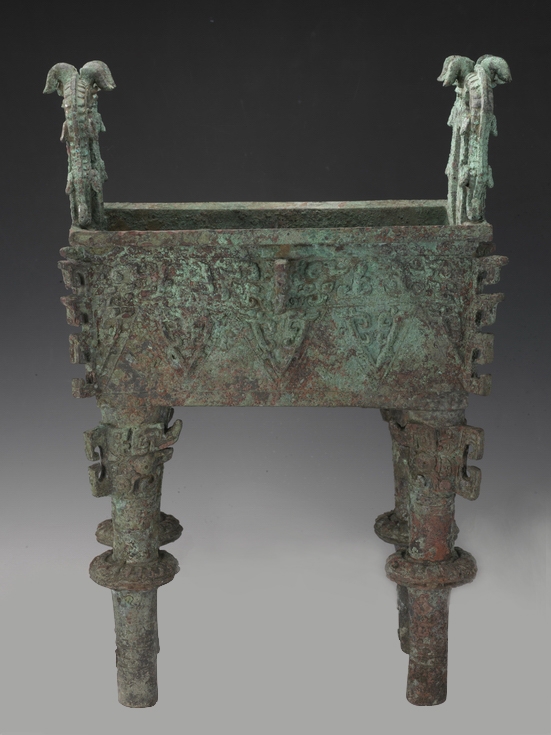
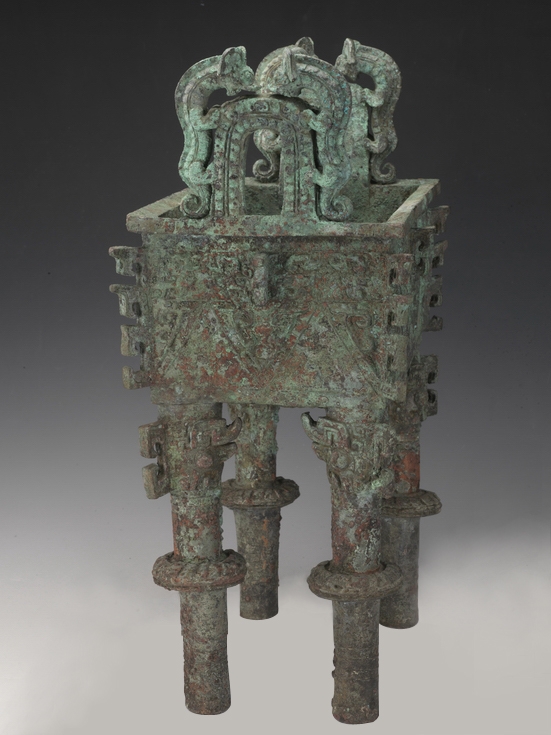
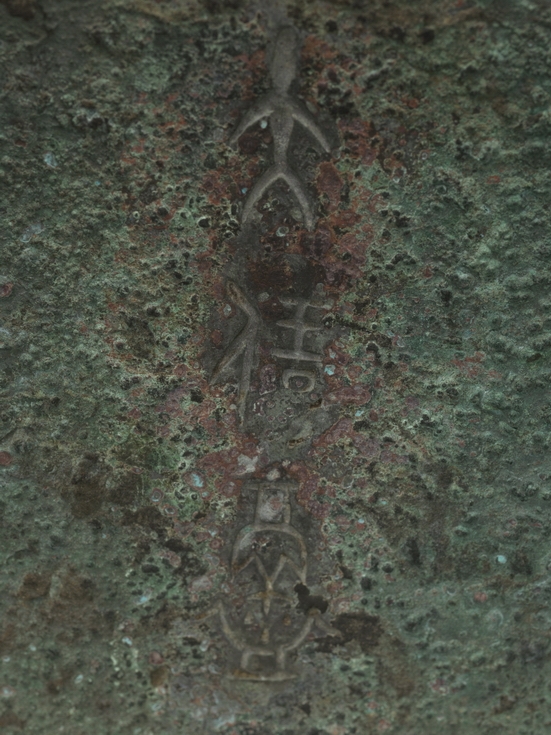



 电话:022-83883000
电话:022-83883000 传真:022-83883088
传真:022-83883088 地址:天津市河西区平江道62号
地址:天津市河西区平江道62号